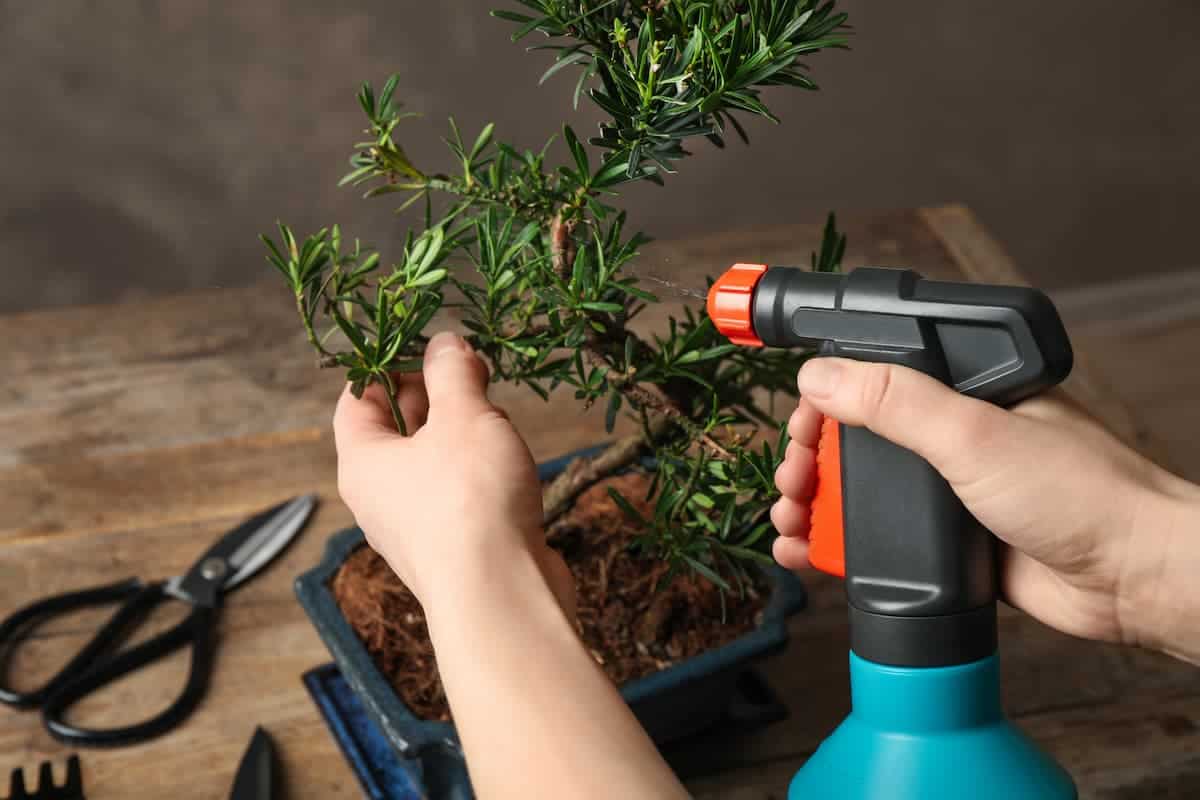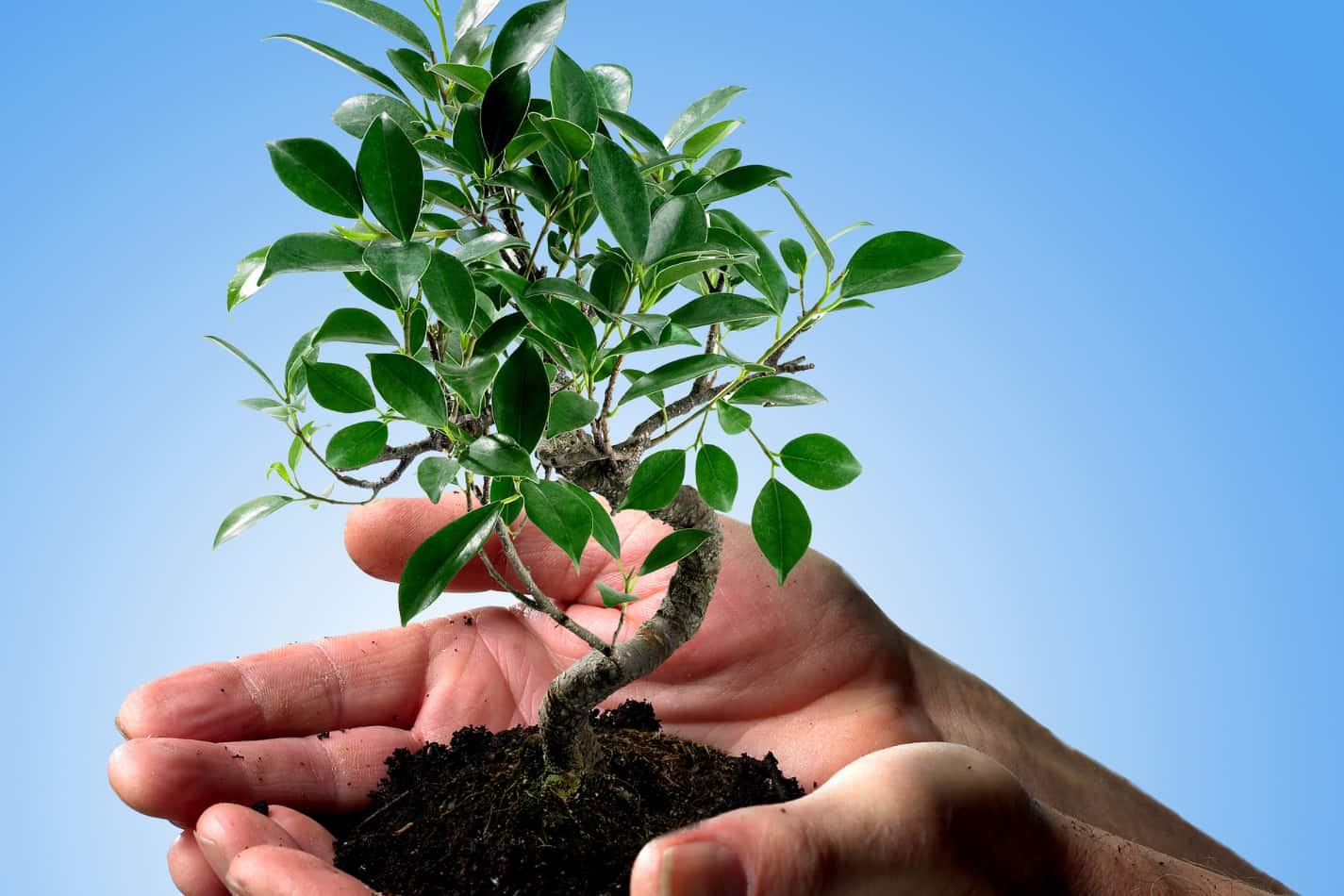Trimming is an integral part of bonsai. They not only allow your bonsai trees to grow into the share you envisioned for them but also stimulate healthy growth. But, many new to the bonsai arts frequently ask, “How often should I trim my bonsai tree?”
Maintenance trimming is done throughout the year. While structural trimming is usually done during early spring. But even that can differ considering the species of the bonsai tree.
If you are new to the world of bonsai trees, then you should know about the different trimming methods and how you can do them yourselves. You should also learn about the timing schedule of the other trimming methods.
Furthermore, it is vital to understand why you should trim your bonsai tree in the first place.
The Importance Of Regular Bonsai Trimming
The aim of bonsai trimming is to ensure the dwarf tree grows in a particular shape. Without regular and timely trimming the shape will be lost or the tree might grow into irregular shapes. Trimming also ensures that your tree remains healthy by making the best use of available resources instead of feeding leaves and branches that you’ll eventually cut off.
Bonsai trees look amazing when proper attention and care are given. Moreover, it is a conversation piece with your peers in your workplace or home. So, proper maintenance is required, and part of it is regular trimming. But what happens if bonsai trees are not trimmed?
Firstly, the main goal is to keep the miniature form of the bonsai tree. If trimming is not done to support that small form, you will fail to emulate the total growth of the tree. Secondly, trimming needs to be done to encourage the tree’s health and overall aesthetic.
Slacking on periodic trimming will always lead to the tree losing its shape, thus losing its beauty. Likewise, the once disciplined bonsai tree would look like a bushy mess with branches growing with weird twists and turns.
It is essential to learn about the bonsai cycle and prepare your schedule accordingly. Otherwise, trimming the bonsai tree at the wrong time might be detrimental. Again, if bonsai is not trimmed or rarely cut, you might have to deal with dead stems.
Bonsai Maintenance Trimming
The main goal of this trimming method is to keep and refine the tree’s shape. Similarly, this trimming method is straightforward for beginners and essential for trimming.
Furthermore, trees typically focus their growth on the tops and other parts of their stems. As a result, trim those growth areas regularly to encourage growth closer to the tree’s core.
When To Trim?
This type of trimming can be done at any time of year. From March to September, usually, outdoor bonsai gets trimmed. Indoor bonsai, on the other hand, can be cut all year. Furthermore, this tree trimming method depends on the type of tree. Trim the bonsai tree if it appears unruly and overgrown.
As previously said, bonsai maintenance trimming maintains the shape. So, cutting away young leaves and shoots exposes the leaves underneath to air and sunlight. So, it further strengthens the tree and benefits its overall growth.
Here, the areas that need maintenance trimming include branches, buds, and leaves. So, trimming the branches encourages the growth of smaller units, which helps control the tree’s shape.
It can produce denser leaf growth by cutting the buds away from branches. Likewise, this also encourages the development of new leaves.
Trimming Process
It would be best to trim your bonsai when you observe new growth. It would be best to cut when shoots and branches have outgrown the intended canopy, using twig shears or standard cutters.
Moreover, trim the bonsai regularly, as it is essential to force the tree to distribute its growth more evenly and develop the thick foliage.
Furthermore, pine trees and some conifer species need to be pinched by hand instead of scissors. Some conifer pieces result in brown, dead foliage in the trimmed areas if cut by scissors.
To prevent this, you should hold the tip of the shoot between your thumb and index finger and carefully pull it away. Furthermore, the shoot will break at its weakest point, thus preventing dead ends.
Structural Bonsai Trimming
Structural trimming is separate from maintenance trimming. The main focus here is on shaping the bonsai tree rather than tidying it up. Furthermore, removing healthy branches allows the tree to grow in the direction you want.
When To Trim?
This technique is a bit more advanced, so the trimming should be done when the tree is dormant. Hence, the best time to trim a bonsai tree is in the early Spring. In addition, the trimming can be done in some cases in late Autumn, before and after the growing season.
However, the exact timing differs for each species. For instance, a Ficus bonsai needs a different period for trimming, whereas a Juniper bonsai needs another.
Wires are another method of structure trimming. Wrapping thin wires around specific branches can control their shape and growth. In addition, this method works best in the winter because the leaves fall off.
Also, it is vital to keep an eye out for the wires wrapped around the branches. In addition, remove the wires when needed. On the other hand, if proper care is not taken, the branches may grow too quickly. As a result, the branches will grow into the wires, causing scarring.
Trimming Process
First, you need to place the bonsai tree on an eye-level table. Secondly, you should remove all the dead branches from it and decide which branches need to be removed or kept creating your preferred shape.
There is no particular set of rules that you should follow, as designing the tree depends on you. However, a few rules have been talked about here that you could follow while structure trimming.
First, remove the suckers that grow from the trunk’s base. Then remove the branches that obstruct the view of the trunk. Second, trim the limbs that grow too close to the ground can. Furthermore, cut off any hanging, dead, or crossing branches. In the third step, cut down branches with unusual twists and turns.
Now, in the fourth step, remove the upward growing interior branches. Fifth, remove the suckers that are high on the trunk or water sprouts. Sixth, remove the excessive thick branches at the top. Seventh, remove the branches that extend beyond the tree profile. Finally, remove the branches that grow from the same height on the trunk and the ones that compete with the trunk line.
Moreover, these are just a few guidelines in structure trimming as this method is more dependent on you. You may not follow some guidelines, as structure trimming is more about shaping the bonsai tree in your vision. So, the policies have variance.
Besides this, trimming thick branches might result in ugly scarring. But, using special concave cutters can reduce the scarring effects. Also, sealing more significant wounds is possible with cut pastes available at most bonsai shops. As a result, the paste protects the scars from various infections and helps heal them faster.
Most healthy bonsai trees can tolerate trimming up to 1/3 of their foliage. After doing some research, I found that you could remove an equal percentage of a bonsai’s roots. However, doing one enormous maintenance task at a time, or even once a year, is preferable. For example, if I structure trim a bonsai tree this Spring, I should postpone root cutting until the following Spring. Hence, the tree would have fully recovered from its previous structure cutting.
Conclusion
While reading this article, I hope you have found your answer “How often should I trim my bonsai tree?” You are expected to trim your bonsai quite often throughout the year. But you will have to do structural trimming at certain specific times of the year.
Both are essential for your bonsai’s growth.




